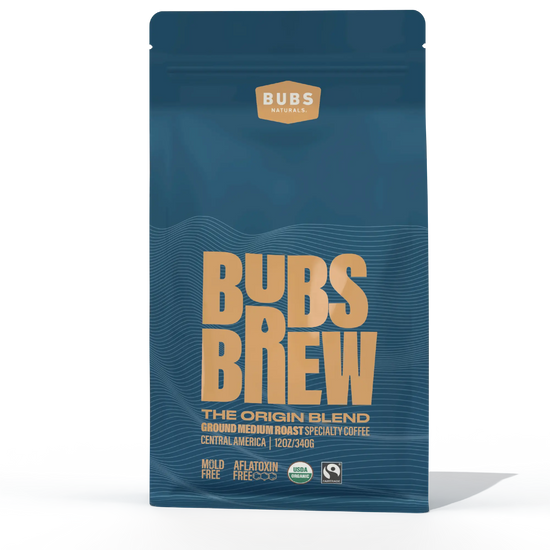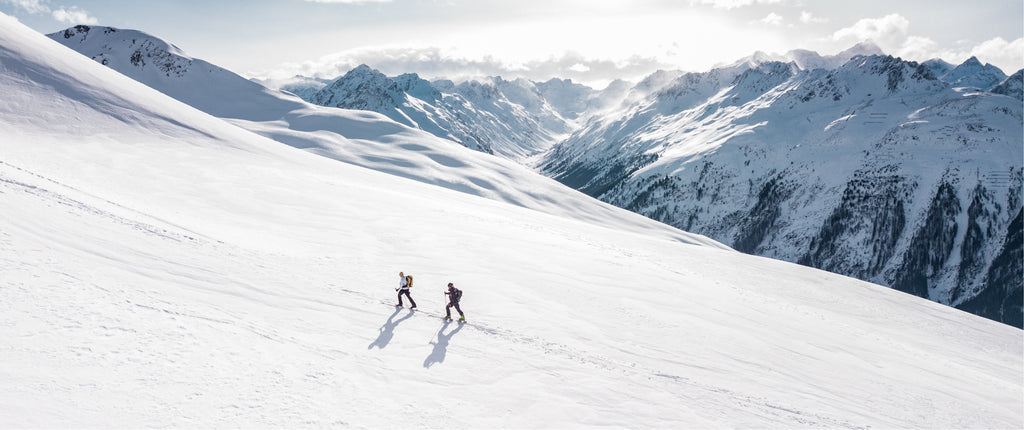Table of Contents
- Introduction
- What is Single Origin Coffee?
- Where to Buy Single Origin Coffee
- How to Choose the Right Single Origin Coffee
- Brewing Tips for Single Origin Coffee
- Conclusion
- FAQ
Introduction
Coffee is more than just a beverage; it’s an experience that connects us to places, cultures, and stories. Did you know that there are over 100 different coffee-producing countries, each offering unique flavor profiles shaped by their local environments? This diversity is where single origin coffee shines, allowing us to embark on a flavor journey without leaving our homes.
In recent years, the popularity of single origin coffee has surged, with enthusiasts eager to explore the distinct tastes that come from specific regions, farms, or even individual producers. The significance of where coffee is grown cannot be overstated, as factors such as altitude, soil type, and climate all contribute to its unique characteristics. Our mission at BUBS Naturals is to inspire adventure and wellness, and what better way to do that than by savoring exceptional coffee that honors its origins?
This blog post aims to guide you on where to buy single origin coffee, delve into what makes it special, and share tips on how to choose the right coffee for your palate. Whether you're a seasoned coffee connoisseur or just beginning your journey, we’ll explore the nuances of single origin coffee and how it can enhance your daily routine.
At the end of this journey, you will have a comprehensive understanding of single origin coffee, including where to source it and how to brew it for maximum enjoyment. So, grab your favorite mug, and let’s dive into the world of single origin coffee together!
What is Single Origin Coffee?
To fully appreciate single origin coffee, it’s essential to understand what the term means. Single origin coffee refers to beans sourced from a specific geographic region, whether that be a single farm, a cooperative, or an entire country. This categorization allows coffee drinkers to experience the unique flavors and characteristics that are inherent to that particular location.
Why Single Origin?
-
Unique Flavor Profiles: Single origin coffees often exhibit distinct flavor notes that reflect the growing conditions, processing methods, and local traditions of the region. For instance, Ethiopian coffees are renowned for their fruity and floral notes, while Colombian coffees tend to have a balanced flavor profile with nutty undertones.
-
Transparency: Purchasing single origin coffee often means you can trace the beans back to their source. This transparency not only helps you appreciate the quality of the coffee but also supports ethical farming practices.
-
Freshness: Single origin coffees are typically harvested and sold in specific seasons, allowing you to enjoy them at their peak freshness. This seasonality means that your coffee experience can evolve throughout the year.
Where to Buy Single Origin Coffee
Now that we understand the essence of single origin coffee, let’s explore where to buy it. Here at BUBS Naturals, we offer a curated selection of single origin coffees that embody the spirit of adventure and wellness. Our commitment to clean, high-quality ingredients is reflected in every bag, ensuring a delightful coffee experience.
1. Online Retailers
Purchasing coffee online has become increasingly popular due to the convenience and variety it offers. Here are some reputable online retailers where you can find exceptional single origin coffee:
-
BUBS Naturals: Our BUBS Brew Coffee collection features small-batch, mycotoxin-free single origin coffees. Each roast is carefully selected to ensure a rich and flavorful experience.
-
Trade Coffee: This platform connects you with top-notch coffee roasters across the country. You can explore single origin options from various producers, each with unique flavor profiles.
-
Counter Culture Coffee: Known for their commitment to sustainability and quality, Counter Culture offers a range of single origin coffees sourced from top producers worldwide.
-
Blue Bottle Coffee: This specialty coffee roaster provides an excellent selection of single origin options, focusing on freshness and quality.
2. Local Coffee Shops
Visiting local coffee shops is a fantastic way to discover single origin coffees while supporting small businesses. Many specialty coffee shops take pride in sourcing their beans from specific regions and often rotate their offerings based on seasonal availability. Don’t hesitate to ask the barista for recommendations based on your taste preferences.
3. Subscription Services
If you’re looking to explore single origin coffee regularly, consider signing up for a coffee subscription service. Many of these services curate selections from various roasters, allowing you to try different single origin coffees each month. Here are a couple of options:
-
BUBS Naturals Coffee Subscription: Subscribe to our coffee collection for a consistent supply of high-quality single origin coffee delivered to your door.
-
Trade Coffee Subscription: Trade offers a personalized coffee subscription where you can receive curated coffee selections based on your taste preferences.
How to Choose the Right Single Origin Coffee
With so many options available, choosing the right single origin coffee can be overwhelming. Here are some tips to help you make an informed decision:
1. Consider Flavor Notes
Each single origin coffee comes with its own set of flavor notes. When browsing options, pay attention to the descriptions provided by the retailer. Here are some common flavor profiles based on origin:
- Ethiopia: Fruity, floral, and tea-like qualities.
- Colombia: Balanced with nutty undertones and mild acidity.
- Sumatra: Earthy, herbal, and full-bodied flavors.
- Kenya: Bright acidity with berry and citrus notes.
2. Research the Producer
Understanding the producer's practices can enhance your appreciation of the coffee. Many brands share information about the farms and cooperatives they work with, offering insights into their farming methods and dedication to sustainability.
3. Experiment with Brewing Methods
Different brewing methods can highlight various aspects of a coffee’s flavor. Experimenting with techniques such as pour-over, French press, or espresso can help you find the best way to enjoy your single origin coffee.
Brewing Tips for Single Origin Coffee
Once you've selected your single origin coffee, it’s essential to brew it correctly to bring out its unique flavors. Here are some tips to keep in mind:
-
Use Fresh Beans: For the best flavor, grind your coffee just before brewing. Freshly ground coffee beans release essential oils that enhance the taste.
-
Pay Attention to Water Temperature: The ideal water temperature for brewing coffee is between 195°F to 205°F. Too hot or too cold water can affect extraction and flavor.
-
Brew Time: Different brewing methods require different brew times. For instance, a pour-over typically takes 3-4 minutes, while a French press requires about 4 minutes of steeping.
-
Experiment: Don’t be afraid to adjust your grind size, brewing time, or coffee-to-water ratio until you find the perfect cup that suits your taste.
Conclusion
Single origin coffee offers a unique opportunity to explore the diverse flavors of coffee from around the world, all while supporting ethical practices and sustainable farming. By understanding what makes single origin coffee special and where to buy it, you can elevate your coffee-drinking experience to new heights.
Our BUBS Brew Coffee collection provides a delightful entry point into the world of single origin coffee, allowing you to savor exceptional flavors while supporting our mission of adventure, wellness, and giving back.
So whether you're brewing your morning cup or sharing a pot with friends, remember that each sip of single origin coffee is a journey through time and place. Choose wisely, brew with care, and enjoy the rich tapestry of flavors that await you!
FAQ
What is the difference between single origin and blended coffee?
Single origin coffee is sourced from a specific location, which allows it to express the unique flavors of that region. Blended coffee, on the other hand, is a mix of beans from different origins, designed to create a consistent flavor profile.
How can I tell if my coffee is single origin?
Check the packaging or product description. Single origin coffee will typically specify the farm, cooperative, or region from which the beans were sourced.
Why is single origin coffee often more expensive?
Single origin coffee may be more expensive due to its limited availability, the specific farming practices involved, and the focus on quality over quantity. Many producers prioritize sustainability and ethical practices, which can also contribute to higher costs.
Can I brew single origin coffee in any coffee maker?
Yes, you can brew single origin coffee using various methods, including pour-over, French press, espresso machines, and drip coffee makers. However, the brewing technique you choose may influence the flavor profile.
Where can I find more information about the origins of my coffee?
Many reputable coffee brands provide detailed information about their sourcing practices, including the specific farms or regions. Look for brands that emphasize transparency in their sourcing.
Written by:
Bubs Naturals

Origin Blend Coffee | Medium Roast
Starts at $17.95
Shop

